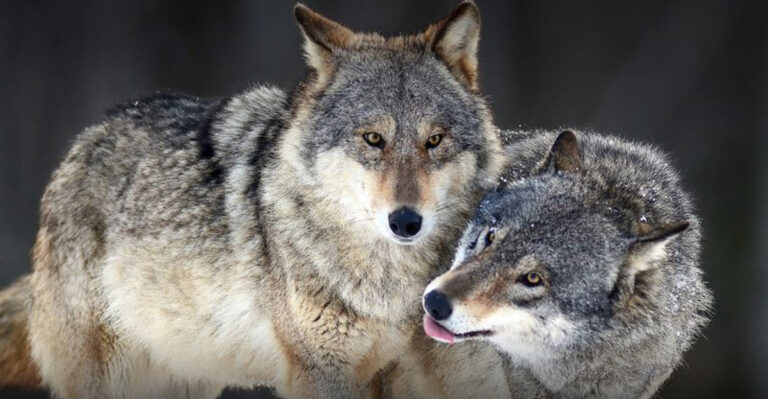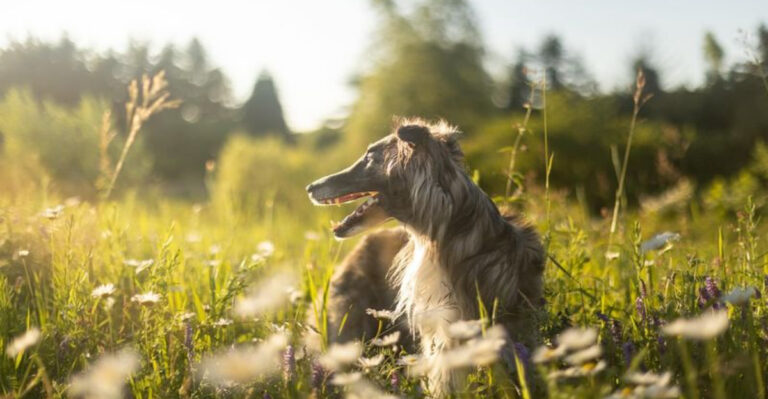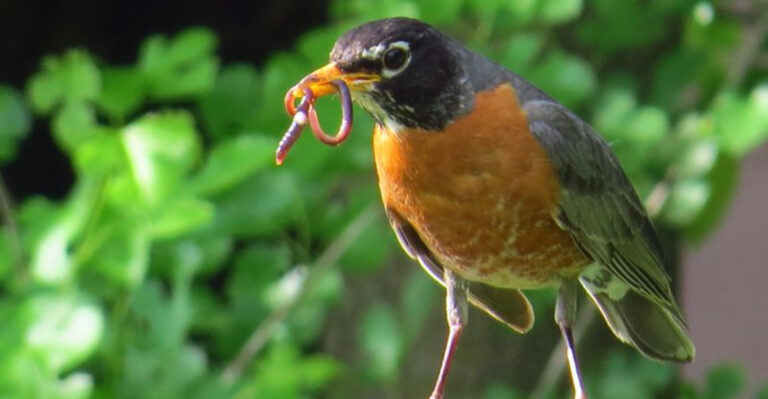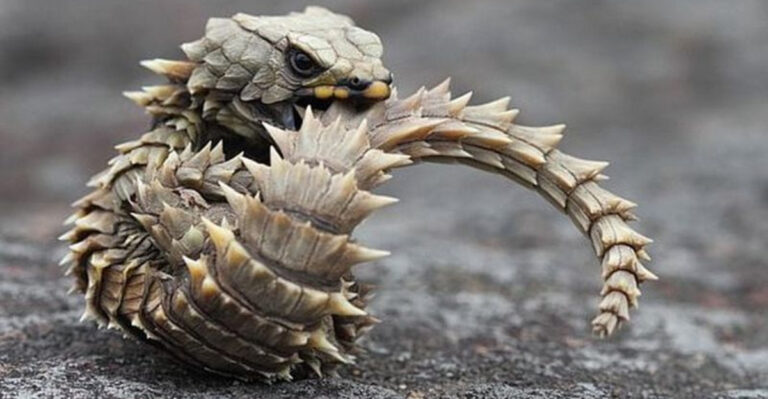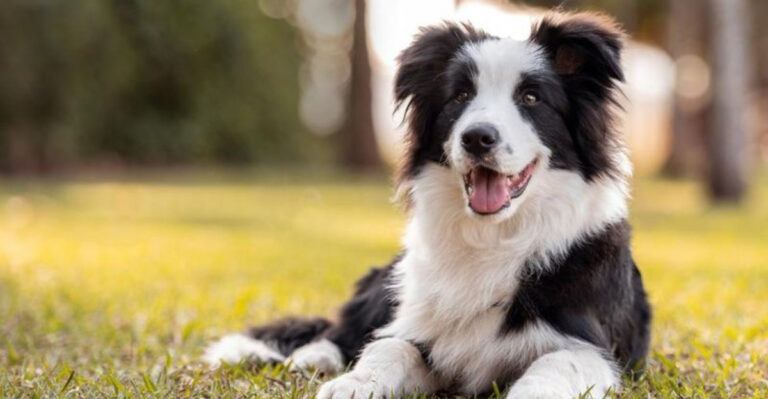10 Most Photographed Wild Cats In The U.S. And The Best Places To Spot Them
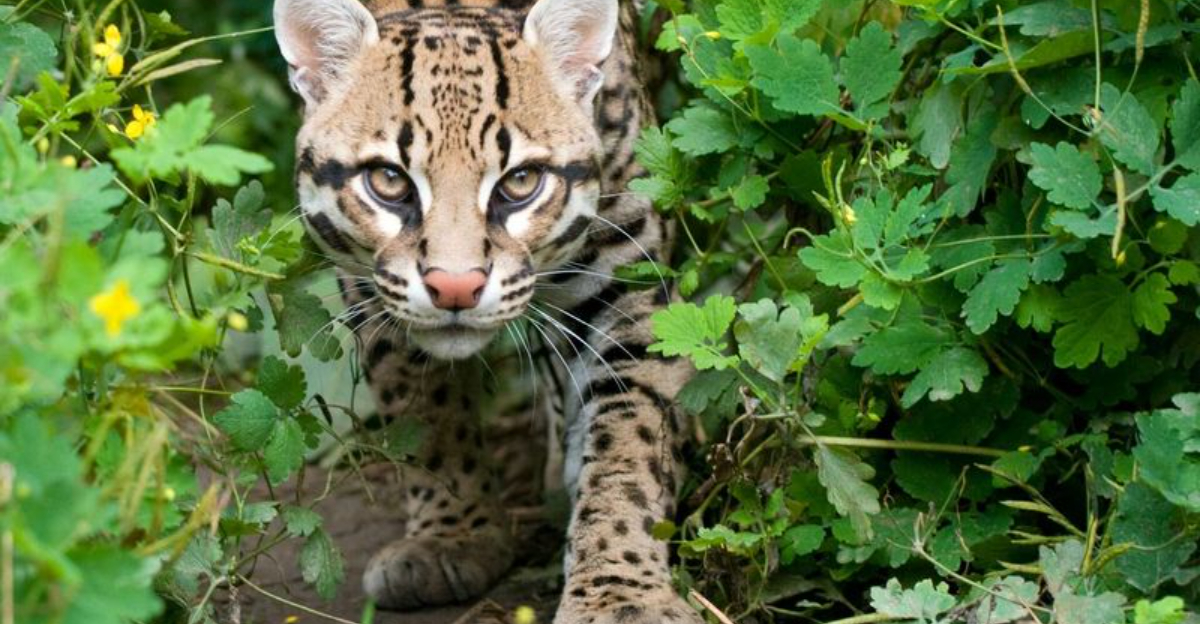
Our American wilderness hides some of nature’s most elusive predators – wild cats that roam mountains, deserts, and forests across the country. Wildlife photographers spend countless hours searching for these magnificent felines, hoping to capture their beauty on camera.
Whether you’re a professional photographer or simply love cats in their natural habitat, knowing where to find these creatures can turn an ordinary nature trip into an unforgettable adventure.
1. Mountain Lion
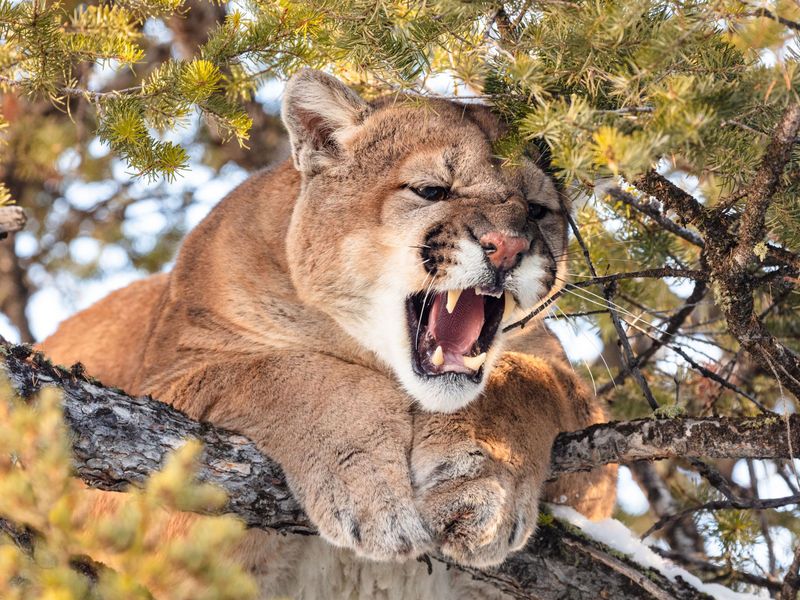
These powerful predators roam across more U.S. states than any other wild cat, yet remain remarkably difficult to spot. Their tan coats blend perfectly with rocky terrain.
Yellowstone National Park offers prime viewing opportunities, especially in winter when tracks become visible in snow. California’s Santa Cruz Mountains and Colorado’s Front Range also provide excellent photography chances for patient observers.
2. Bobcat
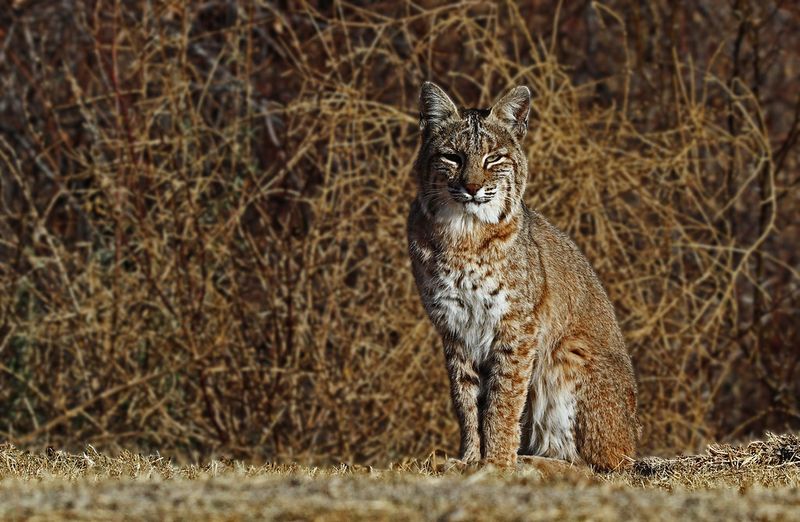
Smaller than mountain lions but just as fascinating, bobcats thrive in diverse habitats from deserts to suburban woodlands. Their distinctive spotted coat and bobbed tail make them instantly recognizable.
New Jersey’s Pine Barrens host surprising numbers of these cats, while Big Bend National Park in Texas offers spectacular desert backdrops. Dawn and dusk provide the best chances to capture these medium-sized predators on camera.
3. American Cheetah
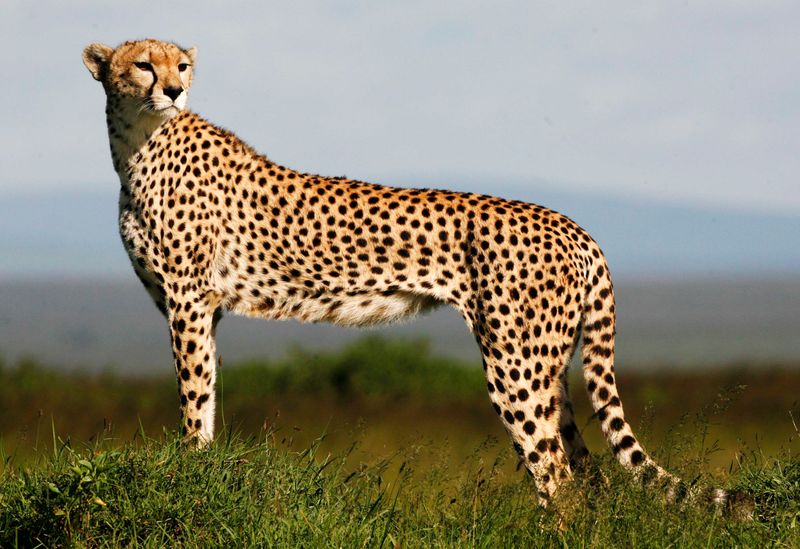
While not truly wild in America, cheetahs captivate photographers at specialized conservation centers. Their incredible acceleration and distinctive tear-mark facial patterns make them photographic favorites.
The Wildlife Safari in Winston, Oregon offers cheetah runs where visitors can photograph these cats at full sprint. The White Oak Conservation Center in Florida provides another exceptional setting for close-up cheetah photography against natural backdrops.
4. Jaguar
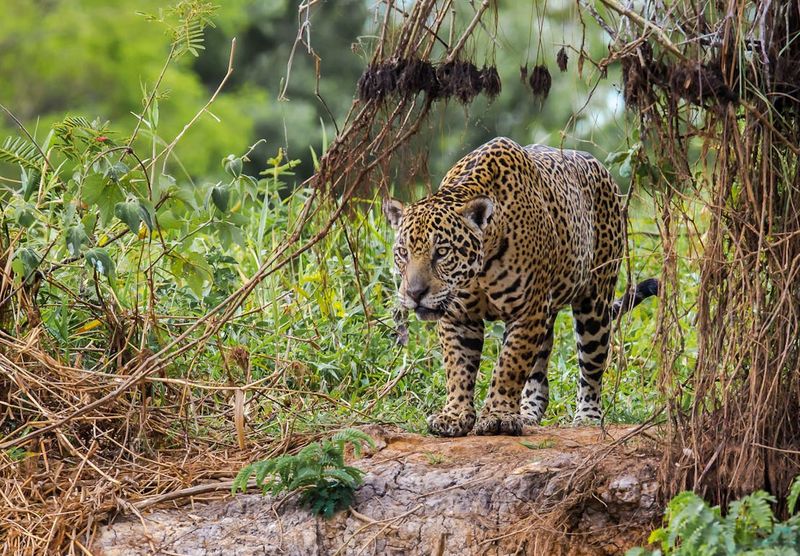
North America’s largest cat occasionally ventures into Arizona’s mountain ranges from Mexico. With rosette-patterned coats and powerful builds, jaguars create breathtaking photographic subjects.
The Huachuca Mountains and Coronado National Forest offer rare opportunities for jaguar sightings. Conservation efforts in the Sky Island region have increased chances of spotting these magnificent cats, though patience and specialized guides are essential.
5. Canada Lynx
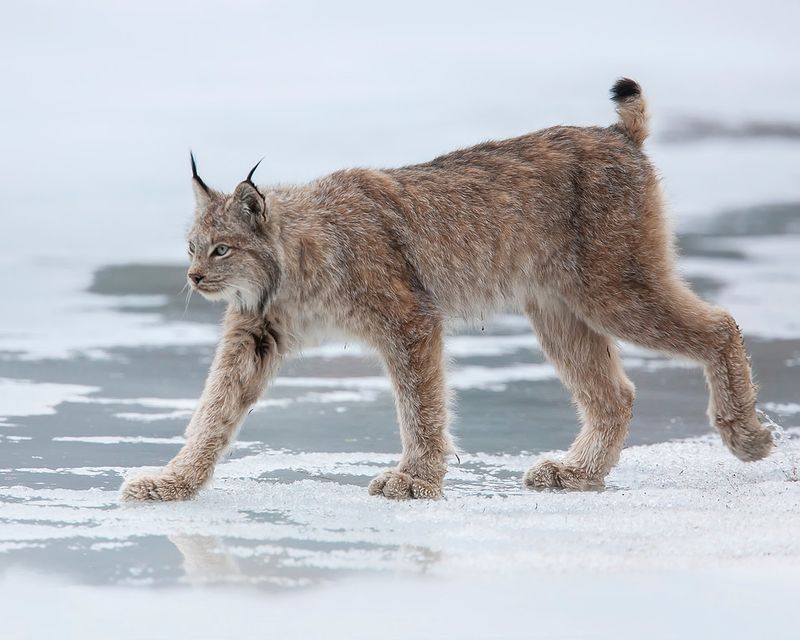
Those enormous snowshoe paws and tufted ears make the Canada lynx unmistakable! Their thick silver-gray winter coats evolved perfectly for northern forests and deep snow.
Northern Minnesota’s Superior National Forest offers prime lynx habitat, especially during snowshoe hare population booms. Alaska’s Denali National Park provides another excellent location, where photographers might capture these cats hunting against pristine winter landscapes.
6. Cougar
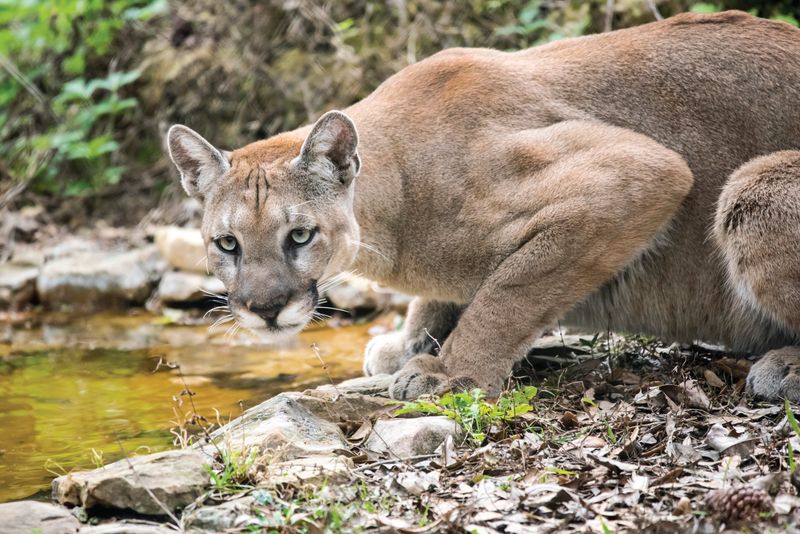
Known by over 40 different names including puma and panther, these adaptable cats navigate diverse American landscapes from mountains to swamps. Their incredible jumping ability—up to 18 feet vertically—makes for dramatic photo opportunities.
Olympic National Park’s dense forests conceal healthy cougar populations. Florida’s Fakahatchee Strand Preserve offers rare chances to photograph the endangered Florida panther subspecies, though sightings remain extremely challenging.
7. Serval
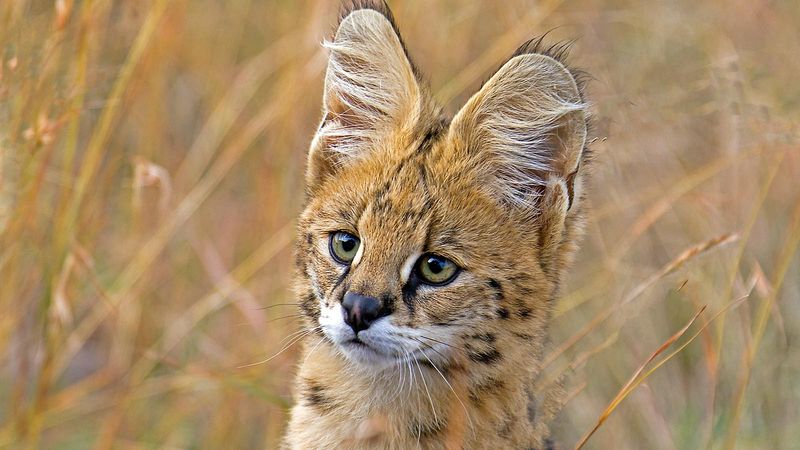
With those distinctive oversized ears and longest legs relative to body size of any cat, servals create striking photographic subjects. Though not native, some servals live in specialized sanctuaries across warmer states.
The Exotic Feline Rescue Center in Indiana offers close-up photography opportunities of these remarkable cats. In Texas, several wildlife ranches maintain servals in spacious naturalistic habitats where photographers can capture their incredible 10-foot vertical leaps.
8. Wildcat
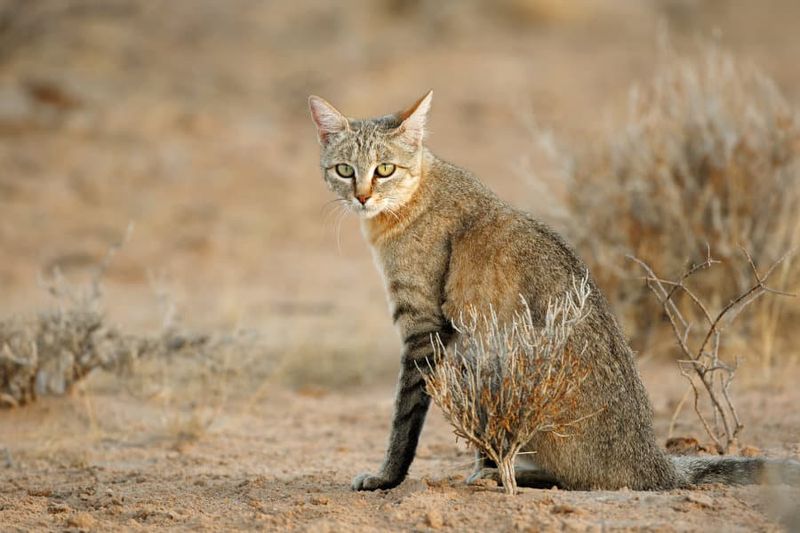
These small but fierce predators resemble oversized tabby cats with distinctive striped patterns. Extremely secretive, they avoid human contact whenever possible.
Remote areas of southern Texas occasionally yield wildcat sightings, particularly in brush country near the Mexican border. Most photographs come from trail cameras placed by researchers. The Lower Rio Grande Valley National Wildlife Refuge offers the best chance for dedicated photographers seeking this elusive species.
9. Ocelot
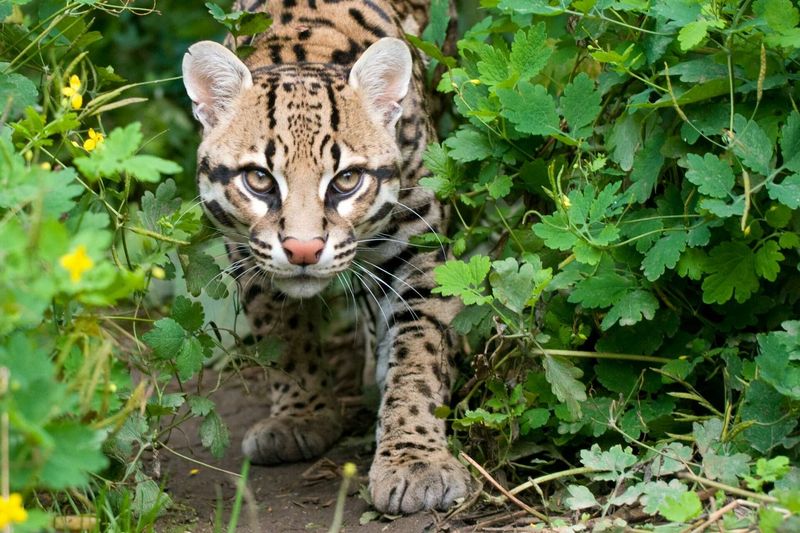
With their gorgeous dappled coats that once made them targets for the fur trade, ocelots epitomize wild beauty. Fewer than 50 remain in the U.S., making each sighting precious.
Laguna Atascosa National Wildlife Refuge in Texas represents the last stronghold for wild ocelots in America.
Photographers typically work with conservation researchers who monitor these cats using specialized equipment. Night photography with infrared triggers offers the best chance to capture these nocturnal hunters.
10. Caracal
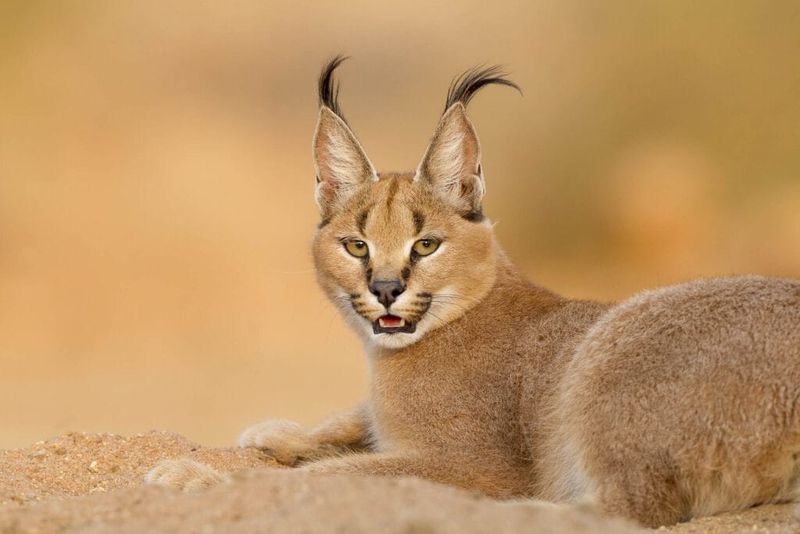
Those spectacular ear tufts and reddish-gold coat make caracals instantly recognizable. While primarily found in specialized sanctuaries, occasional reports suggest small populations may exist in remote southwestern regions.
The Fossil Rim Wildlife Center in Texas offers photographers excellent opportunities to capture these elegant cats. For those seeking truly wild caracals, the remote borderlands of Arizona present challenging but potential sighting locations, though confirmed wild populations remain debated among researchers.

